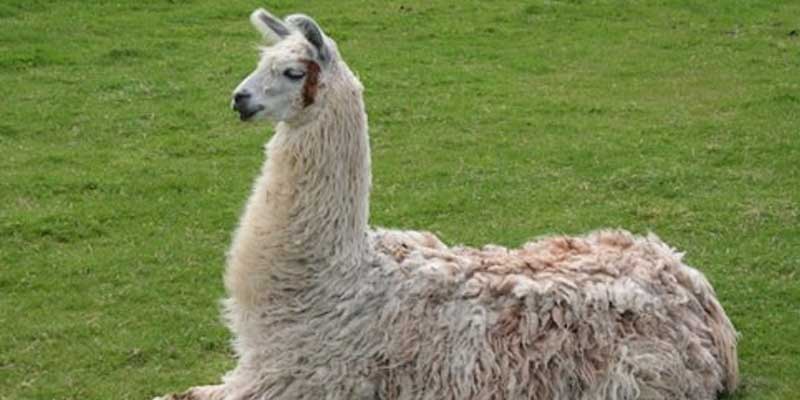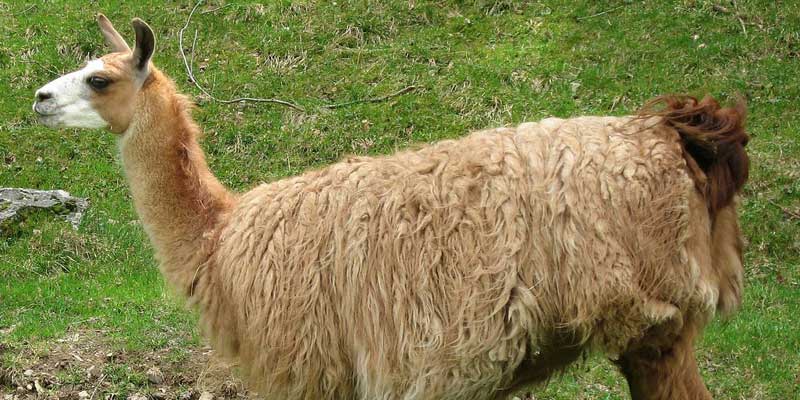

![]()
It is a of a large sized animal , but much more robust dell’Alpaca Huacaya and is mainly used as pets in Peru and Bolivia in particular. At these heights can lead 30/40 kg for paths and inaccessible for several days. The meat is stringy and not very good for consumption, but the skin is soft and exceptionally durable, in part used on site for skins, bags, shoes, but many are exported skins for leather and quality footwear. The fleece consists of two layers of fibre, a very fine wavy 18/24my – 50/75 mm , and a longer one 75/130 mm 30/40my , dull and almost without undulations. There has been evidence of dehairing with satisfactory technical results, but the processing costs are not commercially acceptable.
The value is very variable, when alpaca prices are high after strong demand, prices Llama are about 10-20% less but in bad times the value may fall to 50%. The weight of the fleece and it’s five basic colors, are similar to alpaca, but less well selected and predominantly white and cream. Bolivia is the largest producer, although of a lower quality than that produced in Peru. Although less valuable dell’alpaca, Llama fiber is also used in the textile industry. Being a very resistant fiber is particularly suitable for woven hair for coats.